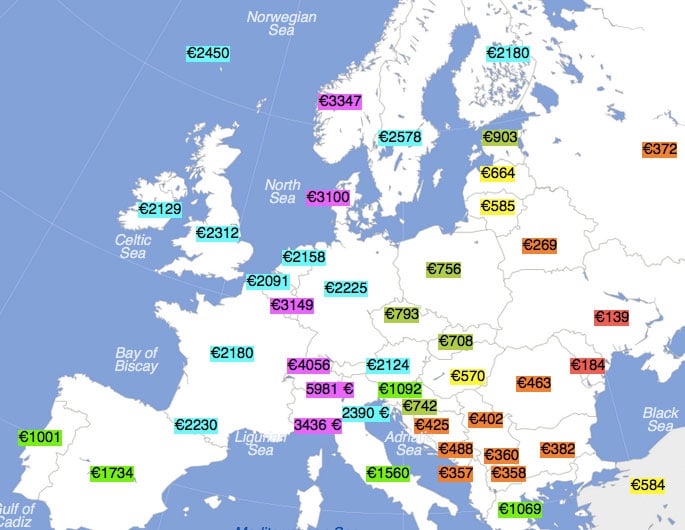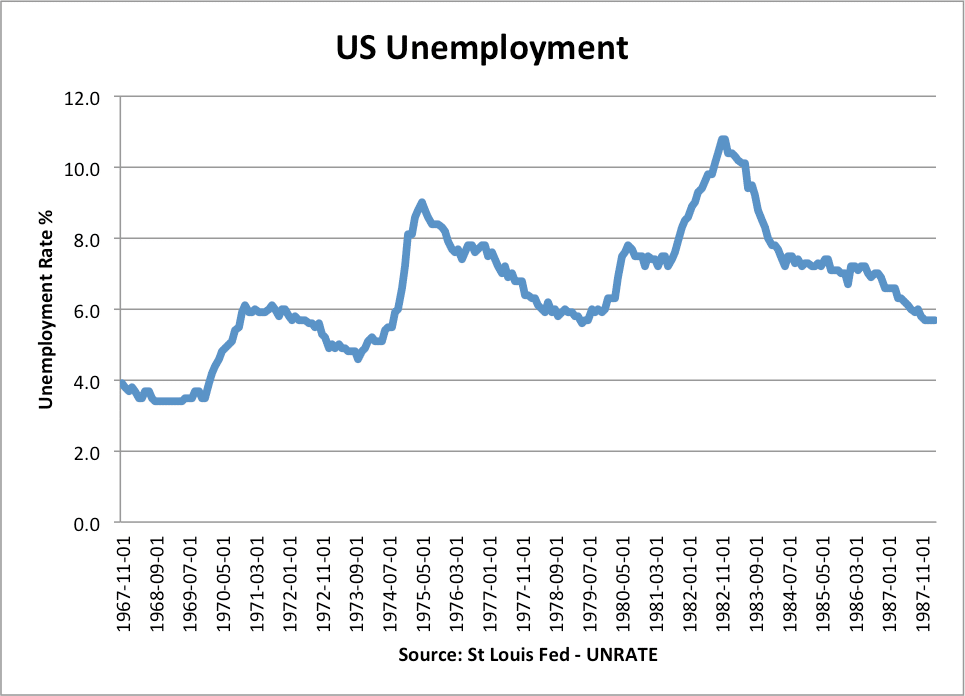Problems of free movement of labour
In a recent post, we looked at the advantages of free movement of labour. But, what about the problems which might arise from free movement of labour? Firstly, free movement of labour depends on the area in question. To make an easy contrast, initially, the EU was free movement of workers between 12 / 15 …


